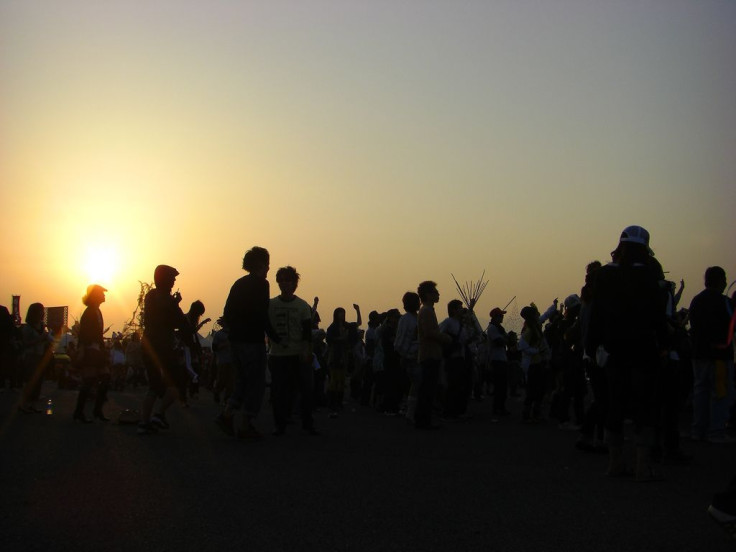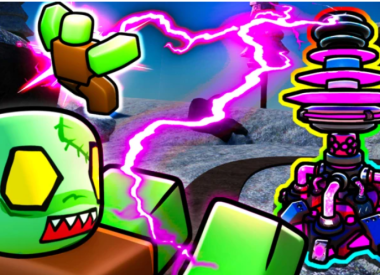A music festival is a special experience. One created by combining intangibles like atmosphere and discovery and community.It leaves festival organizers with a unique problem on their hands: How to translate thousands of subjective feelings into something quantifiable, into a tool that can improve that secret sauce for the future?
Jeff Cuellar, the vice president of strategic partnerships at AC Entertainment, works for the organizer behind Bonnaroo. Cuellar spoke about how music festivals can use data at a SXSW panel alongside Drew Burchfield, the founder of Aloompa, a company that creates apps for festivals, and Creighton Burke, the vice president of insights and planning at AEG Live, the organizer for festivals such as Coachella and Panorama.
Bonnaroo uses a non-traditional census, said Cuellar, to gather data points about festival goers. This census asks psychographic questions such as if you put tabasco on tacos, or if you enjoy peanut butter with your banana, to measure the character of their attendees.
“We are looking at our audience, the profiles of who’s attending [what concert]. People don’t know what they want, they have a wishlist. A good show is a good show,” Cuellar said. “The fan wants to see good music, regardless of age, demographics or socioeconomic level. They want to see good music. You can step outside user profiles for a good show, because good artists transcends that.”
The future of data and music festivals is about figuring out who did what, with the ability to track user data within festival apps according to Burchfield, and for long they were there doing it. Part of the reason Burchfield believes that livestreaming and virtual reality will never capture the live experience, even if they pay for it, is because of the importance of that presence.
Both Burke and Cuellar agreed with Burchfield’s sentiment. Burke said that while working for Live Nation, he once watched a holographic performance of Madonna beamed into the House of Blues in L.A. from abroad. And more importantly, thinking how “really fucked up [this is]. Who would pay $30 to see a holographic Madonna [perform]?
The digital experience of festivals is just another aspect of the overall package, according to Cuellar. So while Bonnaroo may be planning to hand out Google Cardboards, and online streaming “may help” build anticipation for next year for the fans who had to miss the festival, the live experience can never be replaced.
One of the Cuellar’s favorite things to do is stand by the entrance arch as Bonnaroo’s gates open and watch festival goers sprint to the main stage, knowing that they’re going to be there and not move for sixteen hours. And that this is what they want.
“It’s about identifying those artists who understand that. [That] if I’m going to be successful in this business, I need to create a good show. The response from people who [see a ‘good’ artist they] weren’t fans [of], [it's] like wow, that’s a show, that’s truly a show,” said Cuellar. “Our gut will still trump, but at least now we can use that information to guide the conversation and hopefully make a better decision moving forward.”
For Cuellar and Bonnaroo, it’s all about creating an audience base, and “the bigger pool we can create, the better.” By sifting through data, music festivals can learn what they can do to attract this base, and how to use data to create them while they’re young, so they’ll come back even as life’s responsibilities steal their wallets’ attention.
To monitor the food at the festival for example, Bonnaroo uses reviews by festival goers to figure out why exactly “the taco place is better than the tamale place.”
Burkes believes that music festival data can help smaller artists market themselves. Citing a friend who manages multiple lesser known acts Burke said festivals are often a safe play for these type of artists, but it means they can’t claim they’re the reason for a hard ticket sale.
Data points, such as tracking how many people were attending an artist’s performance, or how many stayed to watch from the previous performance, can help a growing artist leverage momentum to keep themselves touring for the rest of the year.
“I don’t want to change the conversation, I want to start a new one [with music executives],” said Burke. “In real time, [we can find out with the Coachella app] if people have bluetooth turned on, or how they are migrating around the facility, accurate down to the foot. That’s the top layer.”
While the festival industry has erupted in the past fifteen years, with big name acts dominating the scene, Cuellar feels that industry is moving to a curated and niche experience.
“Data is going to help create that personal experience,” said Cuellar. “It’s going to be a challenge. How can we create an amazing festival experience for 5-10,000 people? What is different from creating a festival for 80,000?”
We can all feel lost in a crowd sometimes, Cuellar said. A festival performance is different when you're at the very back of a mob, barely seeing a speck move on stage.
With smaller festivals, there are more opportunities. They offer experiences for festival goers that bigger festivals, even though they're still going to be successful in the future, Cuellar said, just can't. Much like how the music industry has seen more and more mid-range artists enter its folds, remarked the panel moderator.
“I don’t know,” said Burke. “Did you see Beyonce when she went on sale?”

















